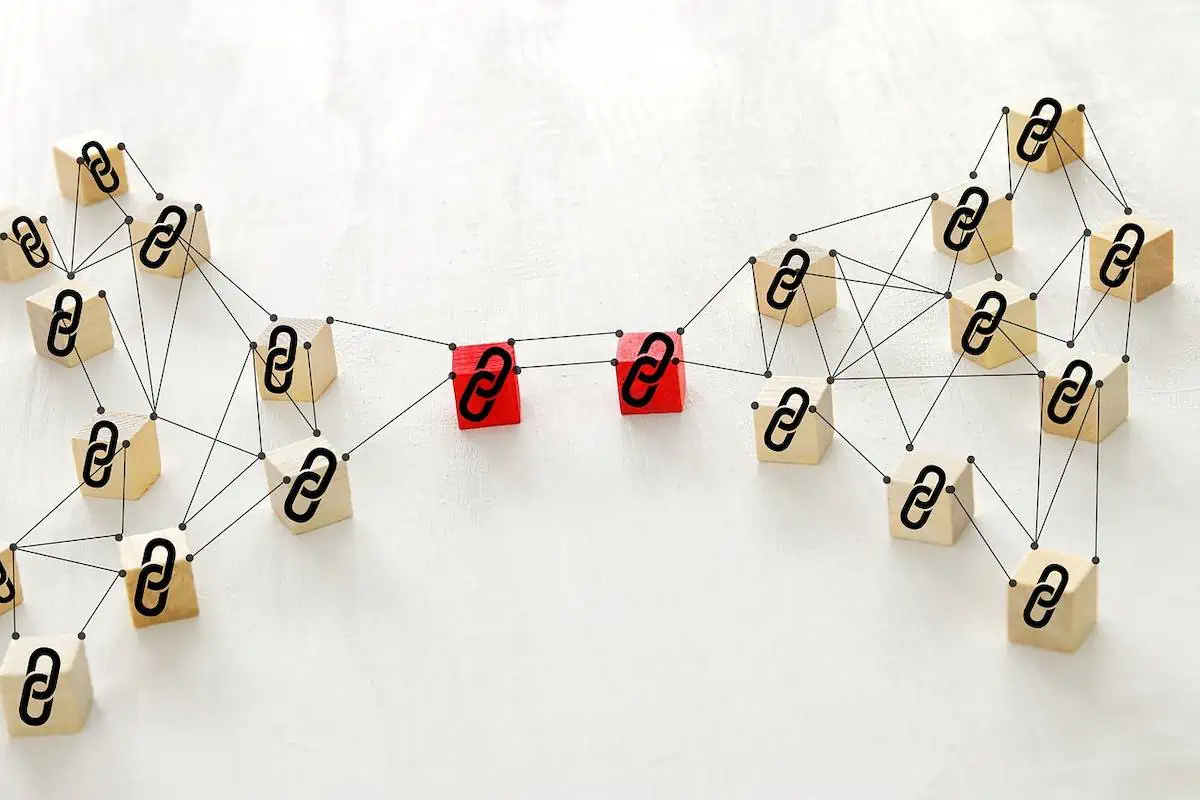In the complex world of SEO, link building remains a crucial factor in enhancing a website’s search engine rankings. Over the years, various strategies have emerged, with tiered link building being one of the most debated yet effective approaches.
However, like all SEO strategies, its effectiveness is hinged on a proper understanding and ethical implementation.
What is Tiered Link Building?
Tiered link building is a multi-layered (or multi-tiered) strategy, which means creating backlinks to your backlinks. Instead of simply creating links that point directly to your website, you’re establishing multiple levels or “tiers” of links that interconnect before reaching your primary site.
- Tier 1: Links directly to your website.
- Tier 2: Links to your Tier 1 links.
- Tier 3: Links to your Tier 2 links, and so on.
Why Consider Tiered Link Building?
The primary idea behind tiered link building is power distribution. When Tier 3 links are established, they pass on some of their power to Tier 2. Tier 2, being already powerful and now further strengthened by Tier 3, passes on this consolidated power to Tier 1, which finally channels all this accumulated authority to the main website.
Benefits of Tiered Link Building
- Control Over Link Juice: The tiered model lets you control the flow of link juice and determine how authority gets transferred to your main site.
- Diversification: A tiered strategy inherently involves linking from various sources, promoting a diverse backlink profile, which Google often rewards.
- Protection Against Penalties: Since not all links directly point to your main site, the risk of penalties from potentially low-quality Tier 2 or Tier 3 sites is reduced.
Implementing a Tiered Link Building Strategy
- Content Creation: The foundation of this strategy is quality content. Whether articles, infographics, or videos, the content needs to be valuable to generate Tier 1 links.
- Select High-Quality Tier 1 Sites: These are the sites that link directly to your main website. Make sure they are reputable, have high domain authority, and are contextually relevant.
- Diversify Tier 2 and 3: For these tiers, consider blog comments, forum posts, and article directories. While these may be of lower quality, their power is in their number and the authority they channel upwards.
- Interlinking: Ensure Tier 2 links are pointing to Tier 1 content and Tier 3 to Tier 2. This creates the funnel for channeling link juice to the main website.
Potential Pitfalls and Ethical Concerns
- Avoid Spam: There’s a thin line between tiered link building and link farming. Ensure your tiers aren’t just a network of low-quality, spammy links.
- Manual vs. Automated: While automation tools can expedite the process, they might also generate low-quality links that could harm your strategy. Manual efforts, though time-consuming, often yield better results.
- Monitor Link Quality: Regularly audit your link tiers to ensure they remain active, relevant, and penalty-free.
Wrapping Up
Tiered link building isn’t just about creating a multitude of backlinks. It’s a strategic approach to SEO, where links are systematically structured to channel authority and boost a website’s ranking potential.
When done right, this strategy can provide a competitive edge, but it demands continuous monitoring, adaptation to the latest SEO trends, and a keen focus on delivering genuine value through each link.
Article and permission to publish here provided by Amrytt Patel. Originally written for Supply Chain Game Changer and published on October 23, 2023.
Cover image by Parveender Lamba from Pixabay

